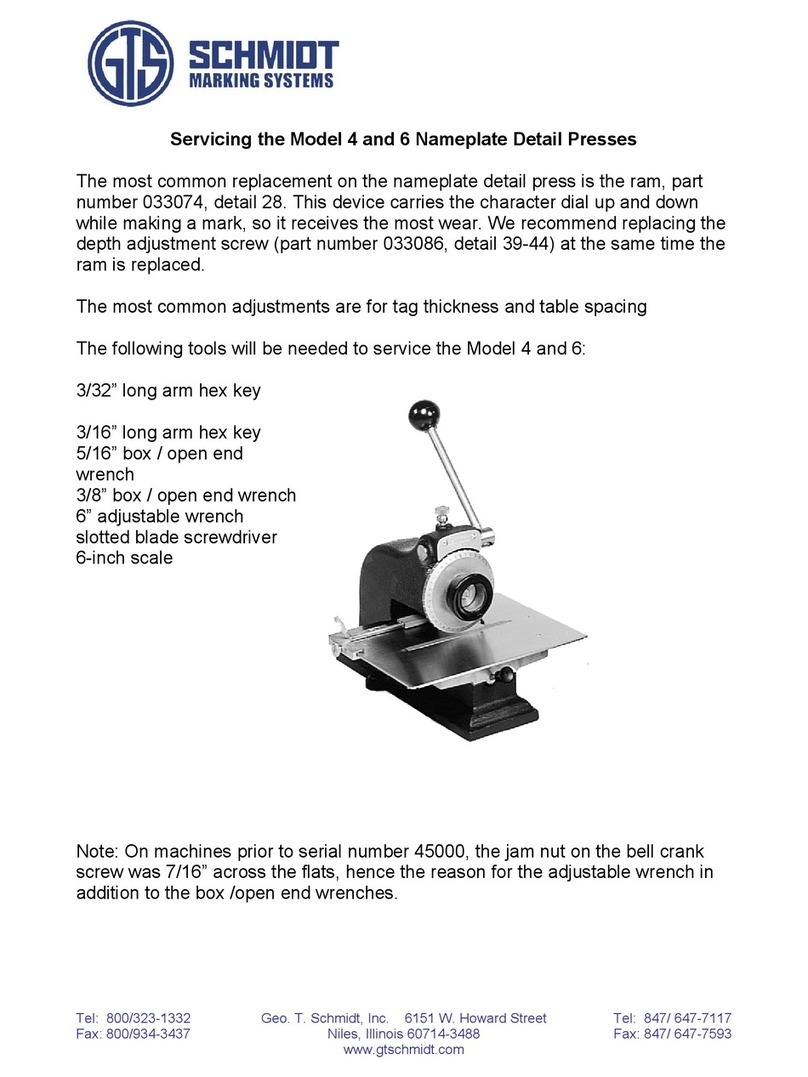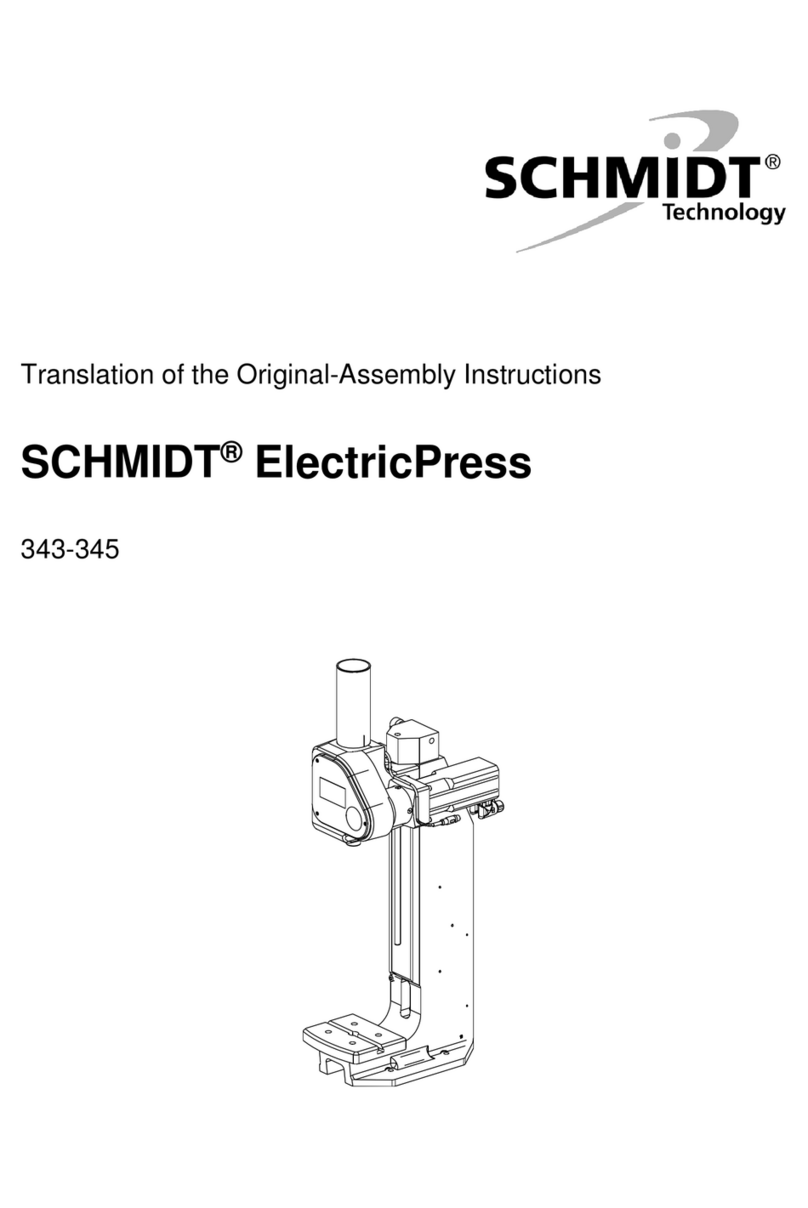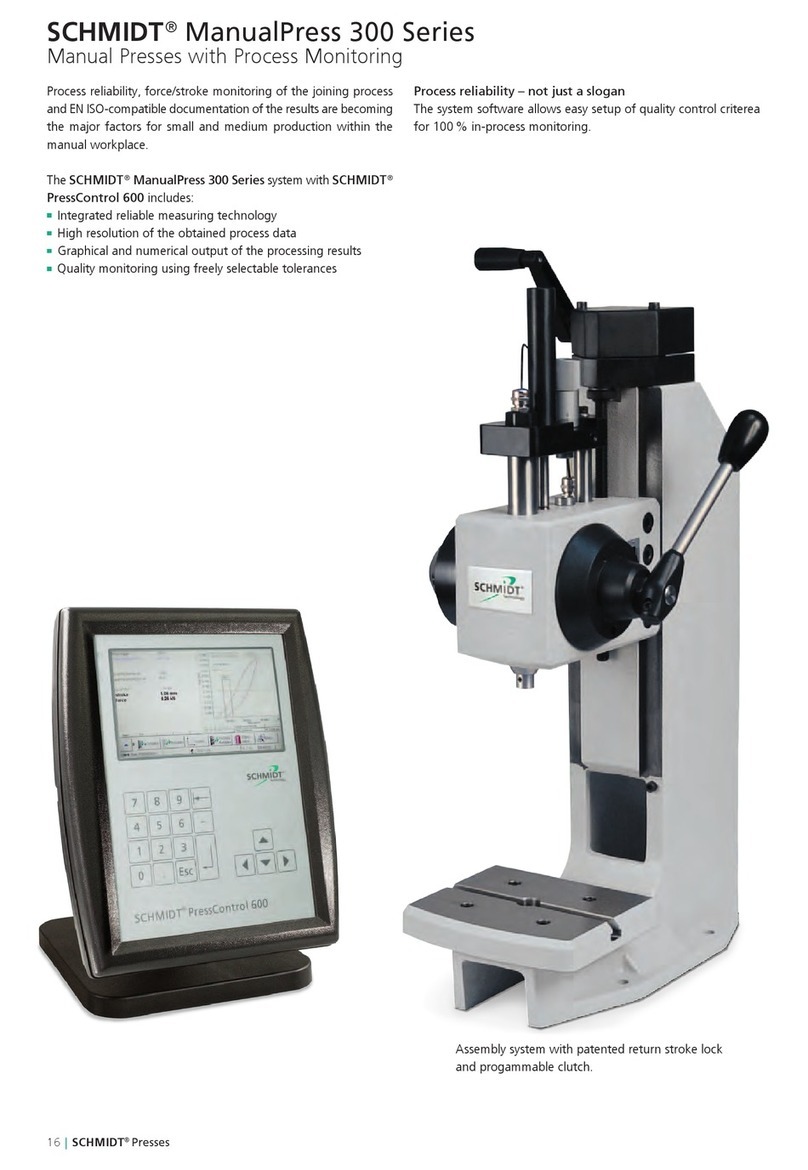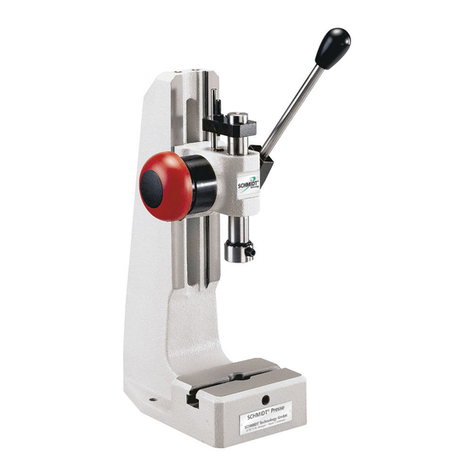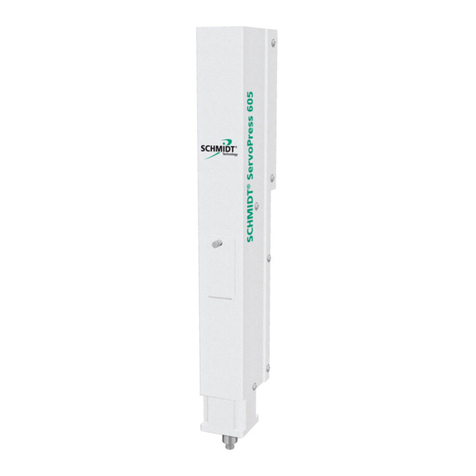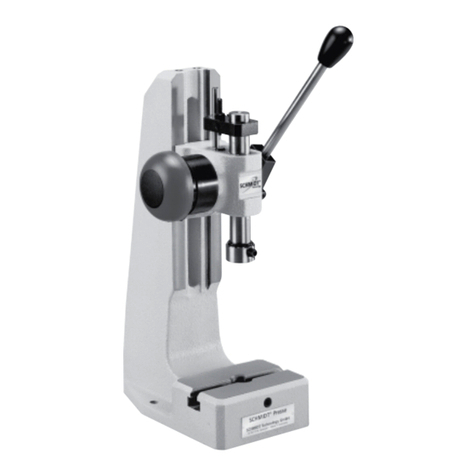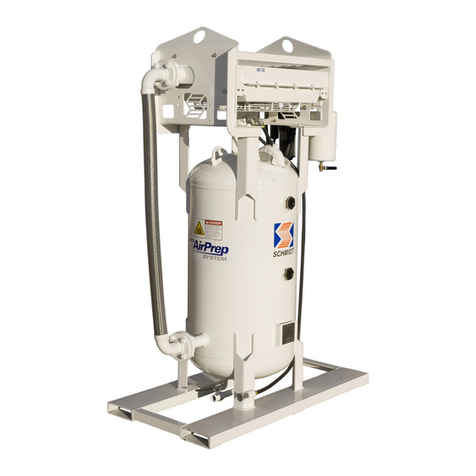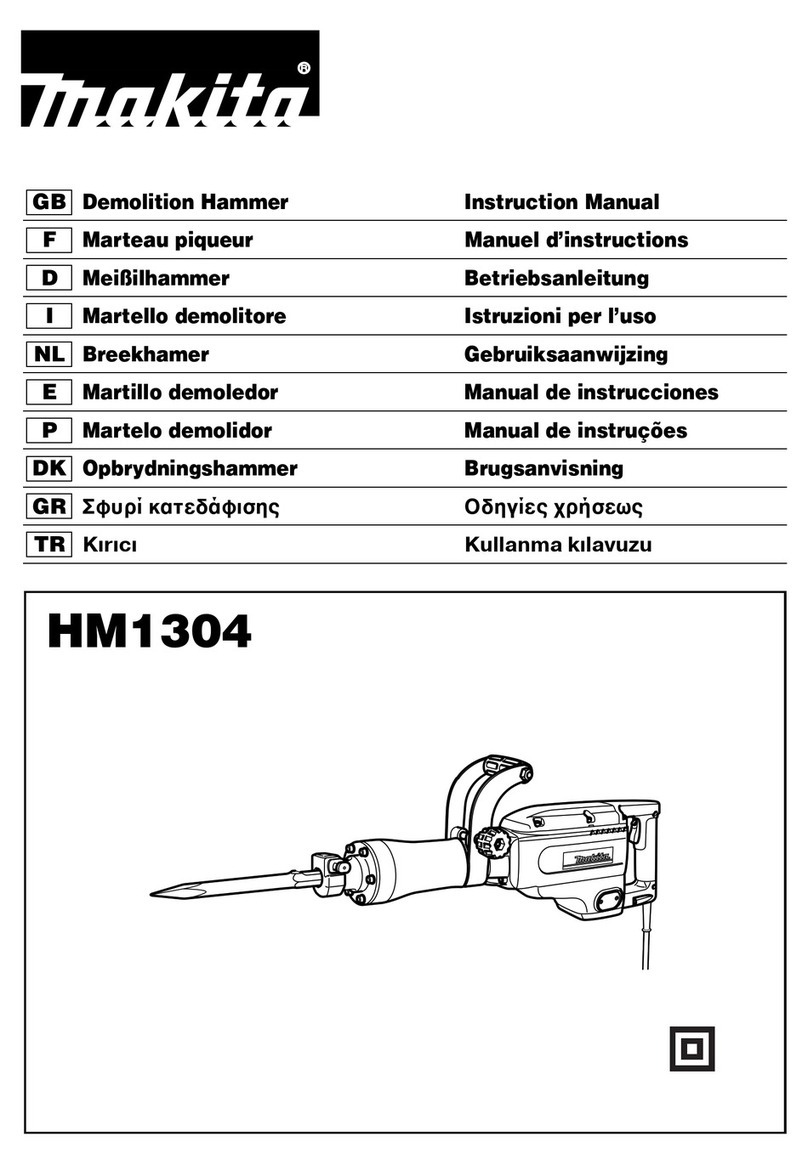
Copyright © 2019 Axxiom Manufacturing, Inc.
WARNING
1. Any person intending to operate this equipment or any person intending to be in
the vicinity during its operation must receive proper training from his/her
supervisor, employer and/or supplier. If this equipment is to be leased or rented,
the supplier must assure that the lessee or renter has received proper training
before the lessee or renter takes possession of the equipment. Consult Axxiom
Manufacturing, Inc.
2. Any person authorized to operate this equipment or any person intending to be
in the vicinity during its operation and who is not capable of reading and
understanding this manual must be fully trained regarding the Rules for Safer
Operation and all operating procedures, and must be made aware of all the
Dangers, Warnings, and Cautions identified herein. Consult Axxiom
Manufacturing, Inc.
3. Do Not operate any abrasive blaster or blast equipment before reading and
completely understanding all the warnings, operating procedures and
instructions, and the Rules for Safer Operation contained in this manual.
4. Do Not operate any abrasive blaster or blast equipment without following the
Rules for Safer Operation and all the operating procedures and instructions.
Failure to properly use blast equipment could result in serious injury or death.
5. Do Not perform any maintenance on any abrasive blaster or blast equipment
while it is pressurized. Always depressurize the abrasive blaster vessel before
loading abrasive or performing any maintenance.
6. Do Not use abrasives containing free silica. Silica can cause silicosis or other
related respiratory damage. All operators must wear personal protective
equipment for all abrasive blasting operations. Observe all applicable local,
state and federal safety regulations in conjunction with airline filters and
respiratory protection. Reference OSHA 29 CFR 1910.134.
7. Do Not enter areas during abrasive blasting operations without breathing
protection. All personnel in the vicinity of abrasive blasting operations should
wear NIOSH approved air fed respirators, hoods or helmets.
8. Do Not modify or alter any abrasive blaster, blast equipment or controls thereof
without written consent from Axxiom Manufacturing, Inc.
9. Do Not use bleeder type deadman valves on any Schmidt® abrasive blaster. The
use of A-BEC, Clemco or a similar bleeder type deadman valve can cause
unintentional start-up without warning, which can result in serious personal
injury.
10.Do Not sell, rent, or operate abrasive blasters without remote controls. OSHA
regulations require remote controls on all blast machines. Failure to use remote
controls can cause serious injury or death to the operator(s) or other personnel
in the blasting area. Reference OSHA 29 CFR 1910.244(b).
11. Do Not repair or replace any portion of Schmidt® equipment using
components that are not Schmidt® original factory replacement parts. Use of
replacement components that are not Schmidt® original factory replacement
parts may result in equipment failure which can result in serious personal
injury and in addition will void all warranties.

